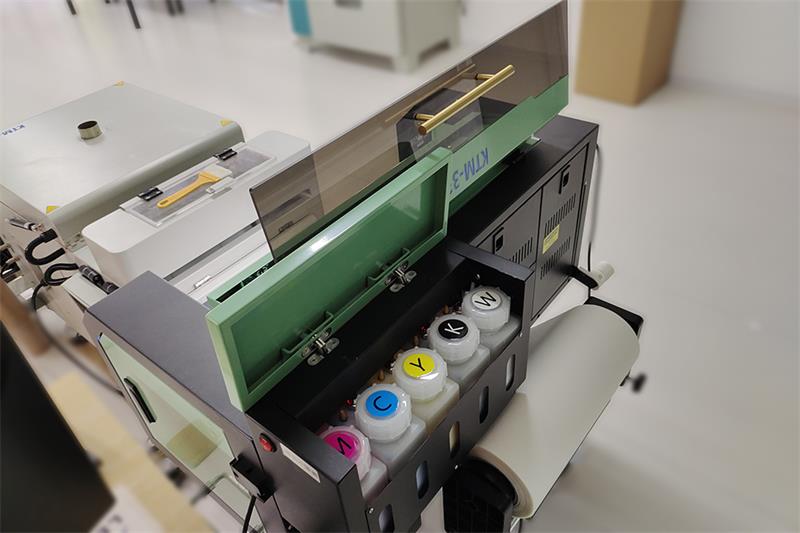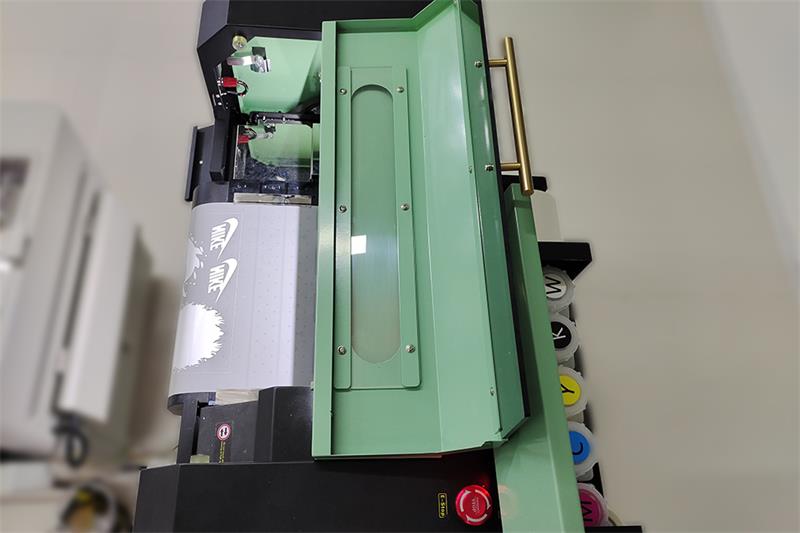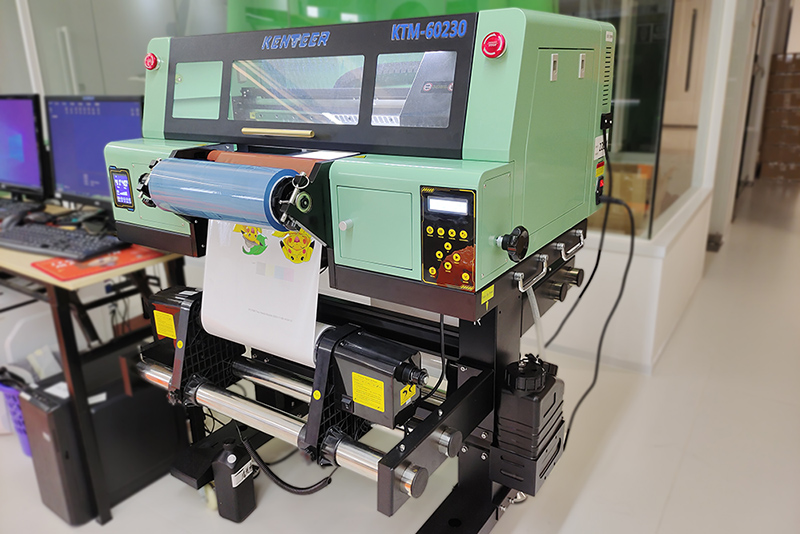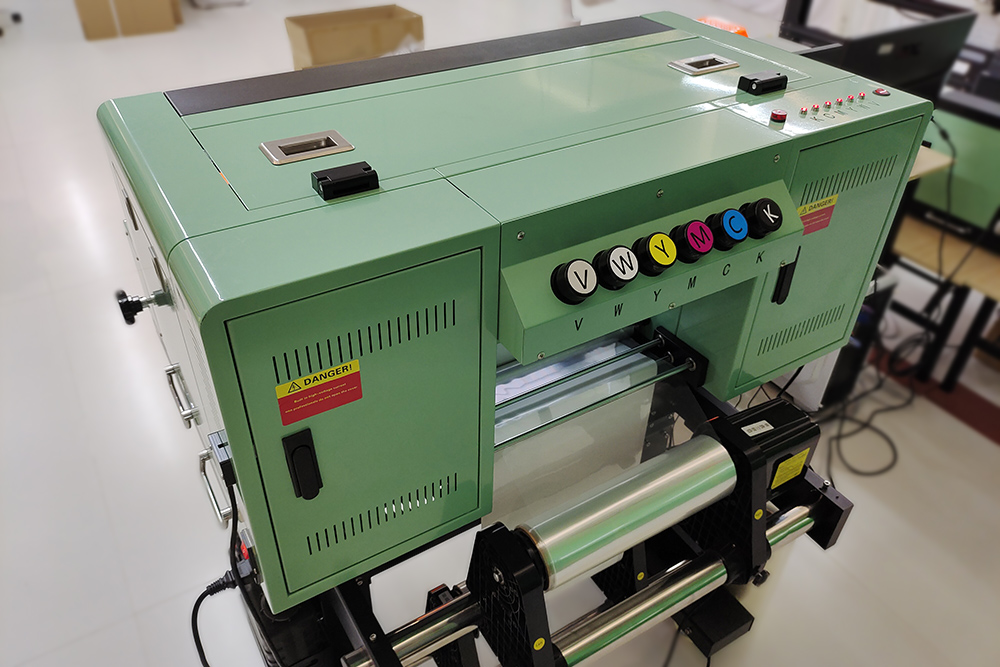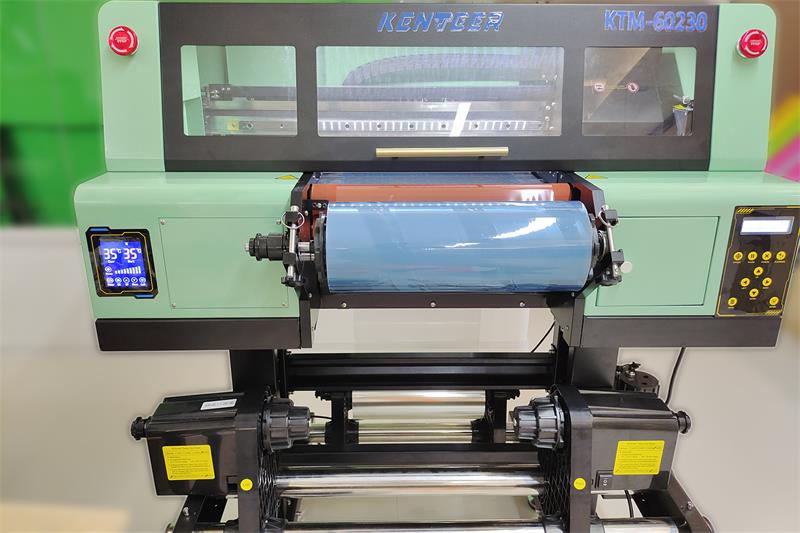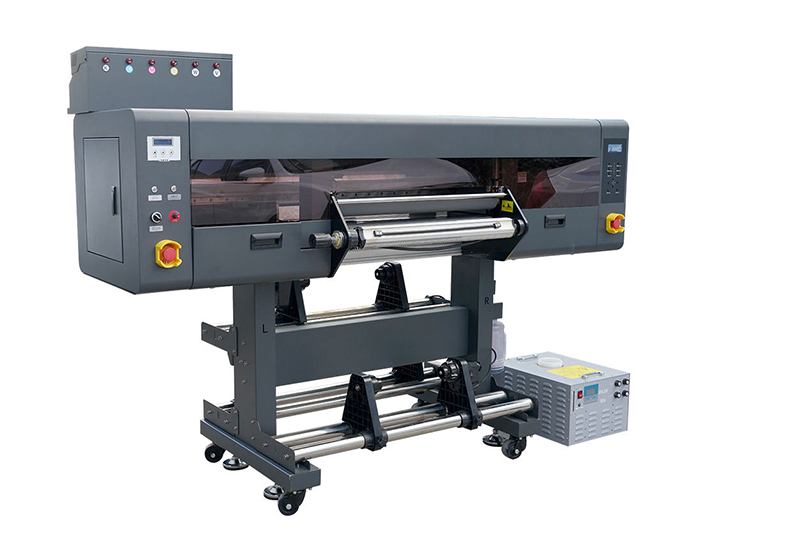To achieve crisp prints in UV printing for text and graphics, fine-tuning the printer settings is essential. Here are some tips to help you achieve sharp and crisp prints:

1. Print Resolution: Set the printer's resolution to the highest possible setting. This ensures fine details and sharp edges in the text and graphics. Higher resolutions, such as 1200 dpi or above, produce cleaner and more precise prints.
2. Print Head Alignment: Proper alignment of the print heads is crucial for crisp prints. Check and adjust the print head alignment regularly to ensure accurate ink deposition. Misaligned print heads can result in fuzzy or blurred prints, especially in small text or intricate graphics.
3. Ink Density and Saturation: Adjust the ink density and saturation settings to achieve optimal coverage and color intensity. Experiment with different settings to find the right balance between ink saturation and avoiding excessive ink bleed. Fine-tuning these settings helps maintain sharpness and clarity in the printed details.
4. Color Profiles and Calibration: Ensure that color profiles are accurately calibrated for your printer and media combination. Regularly calibrate your UV printer to maintain color accuracy and consistency. This includes calibrating the printer with color management tools, such as spectrophotometers, to achieve accurate color representation.
5. Font Selection and Size: Choose appropriate fonts that are designed for readability and precision. Avoid using overly ornate or complex fonts that may lose their sharpness when printed. Additionally, consider the font size as smaller text sizes may require adjustments to the printer settings to maintain clarity.
6. Substrate Compatibility: Different substrates can impact print quality. Ensure that the chosen substrate is suitable for UV printing and provides a smooth and even surface for crisp prints. Test different substrates and adjust printer settings accordingly to achieve the desired sharpness and clarity.
7. Maintenance and Cleaning: Regularly clean the print heads, capping stations, and other printer components to prevent clogs and ensure consistent ink flow. Proper maintenance helps maintain the printer's performance, resulting in sharp prints.
8. Test Prints and Iterative Adjustments: Perform test prints with different settings to assess the print quality and make necessary adjustments. Incrementally fine-tune the settings based on the test results until you achieve the desired level of crispness and clarity.
Remember to document any adjustments made to the printer settings, as this helps maintain consistency and enables you to reproduce desired print quality in future projects.
By paying attention to these tips and continuously refining your printer settings, you can achieve sharp and crisp prints in UV printing for text and graphics, ensuring excellent readability and visual appeal.
kenteer has launched UV Printers for customers . If you have any needs, you can contact us for a quote.

